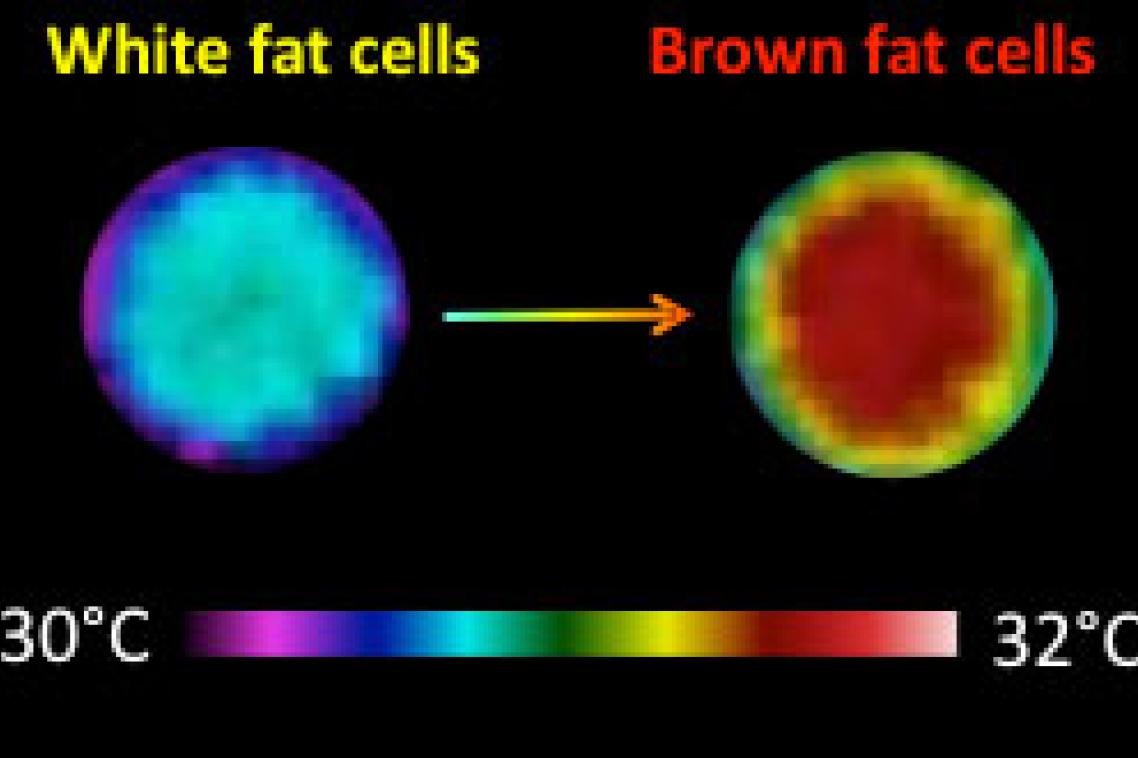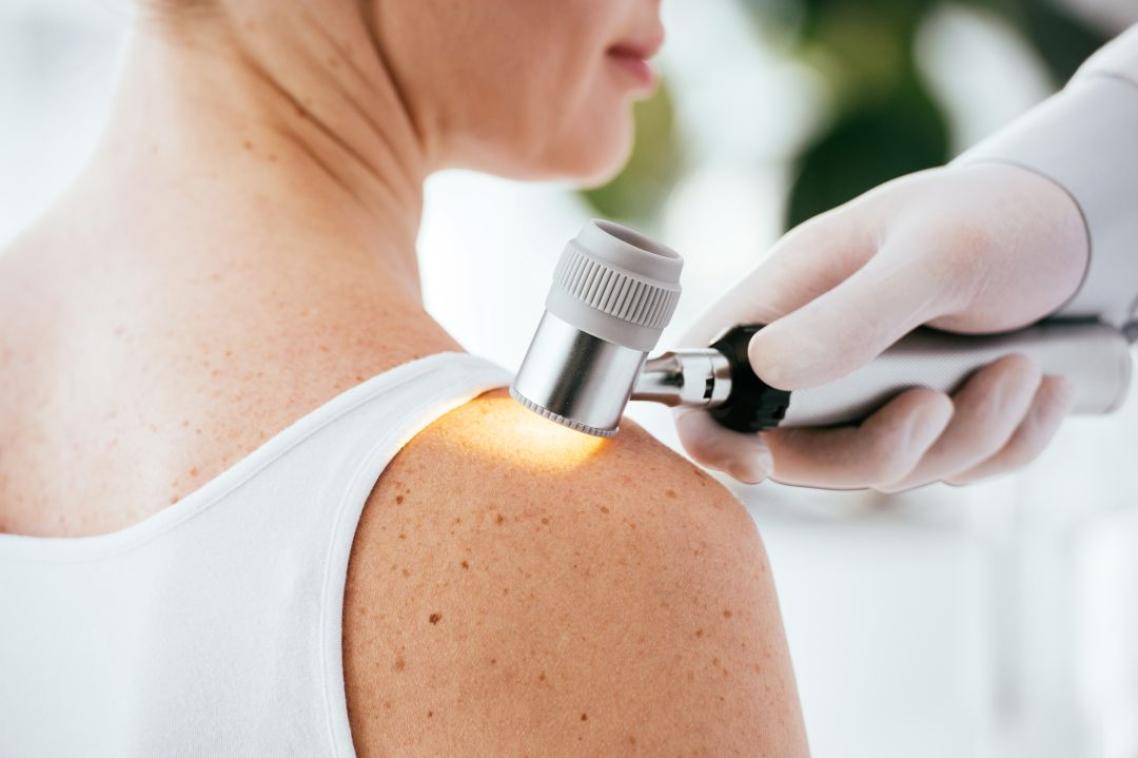Shivering could burn body fat by stimulating hormones

Shivering against the cold may have the added benefit of burning body fat, a new study led by a University of Queensland researcher has found.
The study, which determined the role of hormones in regulating how humans respond to cold, showed that shivering caused the body to secrete hormones that transform ordinary white fat into fat-burning brown fat.
Dr Paul Lee, who led the study, is a UQ/National Health and Medical Research Council-funded endocrinologist and visiting fellow at the National Institutes of Health (NIH) in the United States.
“Unlike ordinary white fat, which primarily stores excess calories, brown fat may actually help the body burn calories when activated,” Dr Lee said.
Healthy volunteers were exposed to cold temperatures until they shivered and researchers collected blood samples during cooling to measure levels of different hormones.
“We found that the hormones irisin and FGF21 were released when the subjects grew cold, irisin from shivering muscle and FGF21 from activated brown fat,” Dr Lee said.
The team then treated human white fat cells with the two hormones in the laboratory and observed that treated fat cells took on the characteristics of heat-producing and energy-burning brown fat cells.
Previous studies have shown that people who are lean tend to have more brown fat than people who are overweight.
“Further research will establish whether these two hormones may be targeted to help the body produce more brown fat, which may benefit metabolism and weight control,” Dr Lee said.
The study was conducted at and supported by the Intramural Research Program of the National Institute of Diabetes and Digestive and Kidney Diseases at the NIH.
Dr Lee’s role in the study was also supported by the Australian National Health and Medical Research Council Early Career Fellowship, the Royal Australasian College of Physicians Foundation Diabetes Australia Fellowship, the Bushell Fellowship, and the School of Medicine at The University of Queensland.
Full study findings appear in the journal Cell Metabolism, published on 4 February 2014.
Media: Brian Mallon, Communication Officer, School of Medicine, 0403 621 109, 07 3365 5254, b.mallon@uq.edu.au. Dr Paul Lee, 0432 012 657.
Topics
Related articles
Brisbane woman runs 50km for 50 days to break barriers for para-athletes

Study challenges conventional wisdom on a common cause of melanoma
Media contact
UQ Communications
communications@uq.edu.au
+61 429 056 139
